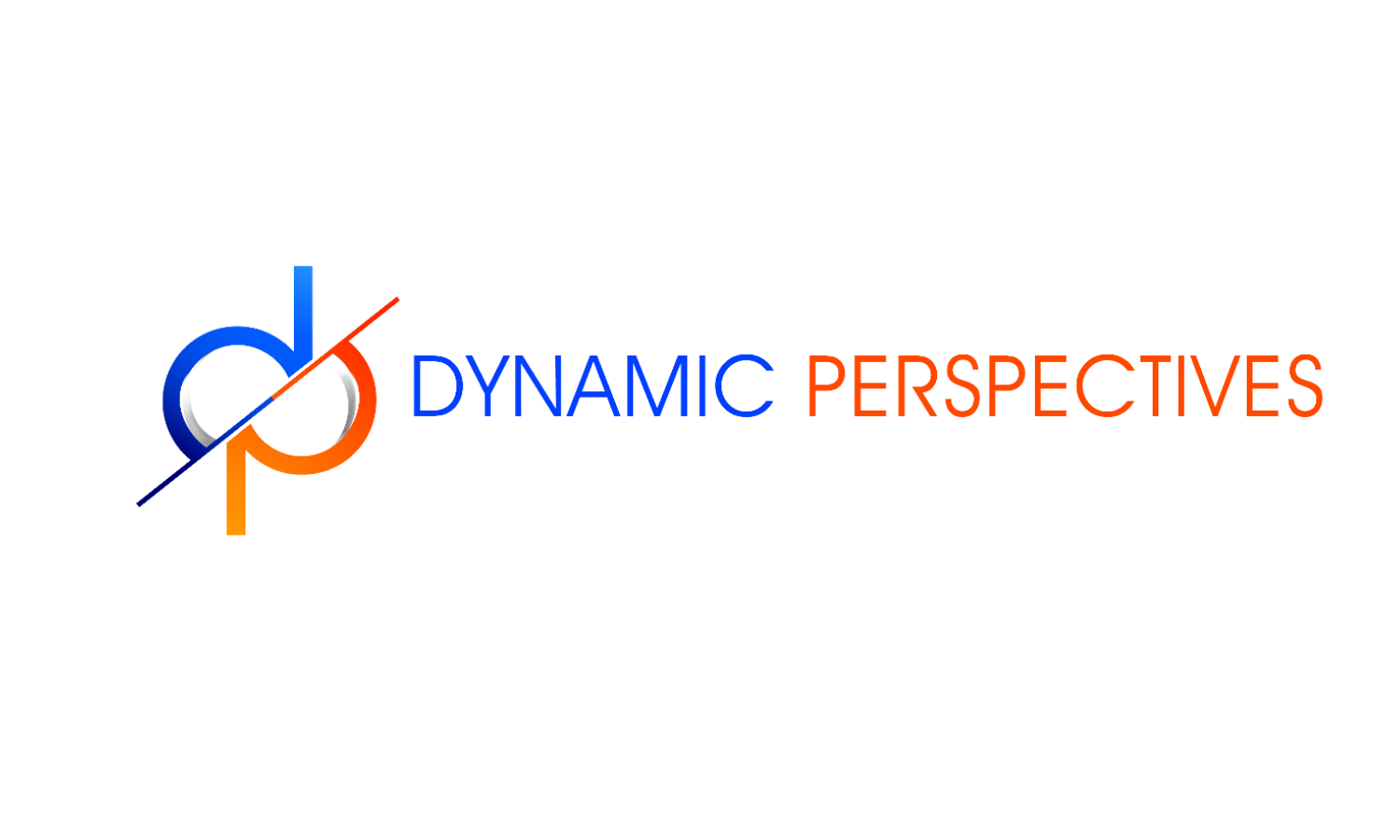
Dimensions of Culture
A dimension of culture is a specific characteristic that defines how an organization operates, makes decisions, and interacts with employees, customers, and the external environment. These dimensions provide a structured way to analyze culture by identifying key areas such as leadership style, employee engagement, work discipline, customer orientation, and organizational identity.
By assessing these dimensions, organizations can gain insight into their strengths, challenges, and opportunities for improvement, allowing them to align their culture with strategic goals and market demands.
Organizational culture is a critical factor in determining how a company operates, makes decisions, and interacts with both internal and external stakeholders. The Organizational Culture Scan outlines key dimensions that provide a structured way to assess and understand an organization’s cultural landscape. These dimensions offer insights into how members of an organization relate to their work, one another, and the broader external environment.
Each of these dimensions exists on a continuum, meaning that no single position is inherently good or bad—rather, the optimal position depends on the organization’s strategic goals. Below is a detailed summary of the key dimensions of organizational culture as defined by the Organizational Culture Scan.
This dimension examines whether an organization is more focused on processes and procedures (means-oriented) or results and achievements (goal-oriented).
Means-Oriented: Employees focus on how things are done, adhering strictly to procedures and avoiding risks. Stability is valued over innovation.
Goal-Oriented: Employees prioritize achieving results, often taking calculated risks to drive innovation and efficiency. Work is more dynamic, and success is measured by outcomes rather than adherence to process.
Example: A nuclear power plant prioritizes a means-oriented culture for safety, while an advertising agency thrives on goal orientation to foster creativity.
This dimension addresses how organizations approach customer needs and market demands.
Internally Driven: The company focuses on doing things “the right way” based on internal ethics and procedures, sometimes at the expense of customer preferences.
Externally Driven: The organization is highly responsive to customer needs, adapting products and services to meet market demand.
Example: A government agency may follow internal rules without deviation, while a tech startup continuously adapts to user feedback to improve its product.
This dimension examines the level of structure and discipline within an organization.
Easy-Going Work Culture: Employees have flexibility in their roles and responsibilities, with less emphasis on formal procedures. Innovation and creativity are encouraged, sometimes at the expense of efficiency.
Strict Work Discipline: Employees adhere to structured schedules, clear roles, and well-defined expectations. Precision, predictability, and control are prioritized.
Example: A software development firm with flexible schedules contrasts with a manufacturing plant where strict adherence to process ensures efficiency and quality control.
This dimension determines whether employees identify more with their direct team or with the organization as a whole.
Local Focus: Employees have strong loyalty to their department or team, sometimes at the expense of collaboration across the organization.
Professional Focus: Employees identify with their profession and organization rather than just their immediate team, often fostering a broader sense of purpose.
Example: An insurance company where employees may feel more connected to their specific department versus a hospital with doctors who strongly identify with their profession.
This dimension evaluates how welcoming an organization is to newcomers and outsiders.
Open System: New employees integrate quickly, and external ideas are welcomed. Information flows freely, and collaboration is encouraged.
Closed System: The organization is insular, making it difficult for newcomers to adapt. Information is tightly controlled, and decisions are made within a small inner circle.
Example: A tech startup where employees openly share ideas contrasts with a high-security defense contractor where information is strictly controlled.
This dimension assesses whether leadership prioritizes employee well-being or work performance.
Employee-Oriented: The company values employee welfare, work-life balance, and long-term engagement.
Work-Oriented: The focus is on performance, efficiency, and maximizing output, sometimes at the expense of employee well-being.
Example: A nonprofit organization prioritizing employee engagement and satisfaction contrasts with a high-pressure investment bank driven by performance metrics.
This measurement examines whether employees’ preferred leadership style aligns with the actual leadership style within the organization.
If employees’ expectations match the leadership style, there is strong alignment and engagement.
If there is a mismatch, employees may feel disengaged or demotivated.
This measurement identifies how strongly employees feel connected to the organization as a whole.
High Identification: Employees feel a strong connection to the company’s mission, vision, and values.
Low Identification: Employees may see their work as just a job, with limited commitment to the organization’s long-term success.
Understanding these dimensions and measurements allows organizations to align their culture with strategic goals, identify areas for improvement, and make data-driven decisions about their work environment. Since no single cultural position is inherently “good” or “bad,” organizations must determine what balance of these dimensions best supports their objectives.
By assessing their cultural landscape using the Organizational Culture Scan, businesses can build more cohesive, high-performing, and adaptable workplaces that are prepared to thrive in their industry.
Contact Dynamic Perspectives today to measure your organization’s culture.
Navigate to…















